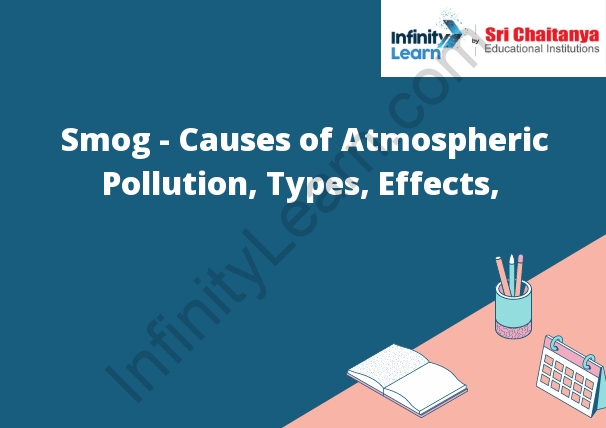Table of Contents
Smog and Its Type ;
Smog is a type of air pollution. It is created when emissions from automobiles, factories, and other sources react in the atmosphere with sunlight. The result is a mixture of harmful gases and particles. Smog can cause health problems, including chest pain, asthma, and heart attacks.
Smog is a type of air pollutant. The word “smog” is a portmanteau of the words “smoke” and “fog”. It is usually a mixture of smoke and fog, but can also be made up of air pollution. The word was first used in the early 20th century.
Smog is often found in cities. It is caused by the burning of coal, oil, and gas. These things release harmful chemicals into the air. Smog can cause health problems. It can also damage buildings and trees.

Air Pollutants
The pollutants that come out of the exhaust pipe of a car are known as air pollutants. These pollutants can cause a variety of health problems, including asthma and heart disease. They can also contribute to climate change.
How Is the Smog Formed?
The smog in cities is created by a combination of air pollutants, including sulfur dioxide, nitrogen oxides, and particulate matter. These pollutants are released into the air by motor vehicles, power plants, and other industrial sources. When the sun shines, these pollutants react with each other to create ground-level ozone, or smog.
Causes of Smog
Smog is a type of air pollution. It is made up of a mixture of pollutants, including ground-level ozone, particulate matter, and nitrogen dioxide. These pollutants are caused by a variety of things, including cars, power plants, and factories.
Classical Smog
In classical smog, large amounts of coal are burned in urban areas. The smoke and other pollutants from the burning coal react with the air to form a dense smog.
Photochemical Smog
Chemical reactions between sunlight and pollutants in the atmosphere form photochemical smog. The pollutants include nitrogen oxides and volatile organic compounds. These reactions produce ozone and other pollutants.
Photochemical smog is a serious problem in many metropolitan areas. It can cause respiratory problems and eye irritation.
Effects of Photochemical Smog in Points:
1. Photochemical smog can cause respiratory problems and other health issues.
2. Photochemical smog can cause visibility problems.
3. Photochemical smog can cause environmental damage.
Do You Know?
What is the name of the largest living rodent in the world?
The name of the largest living rodent in the world is the capybara.









